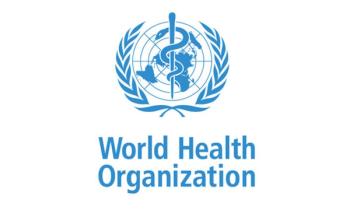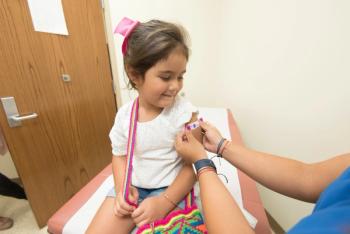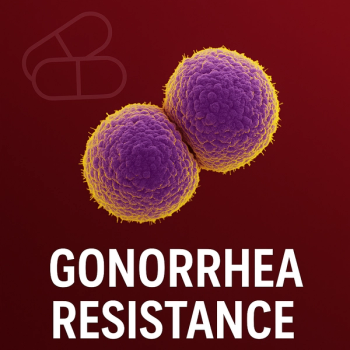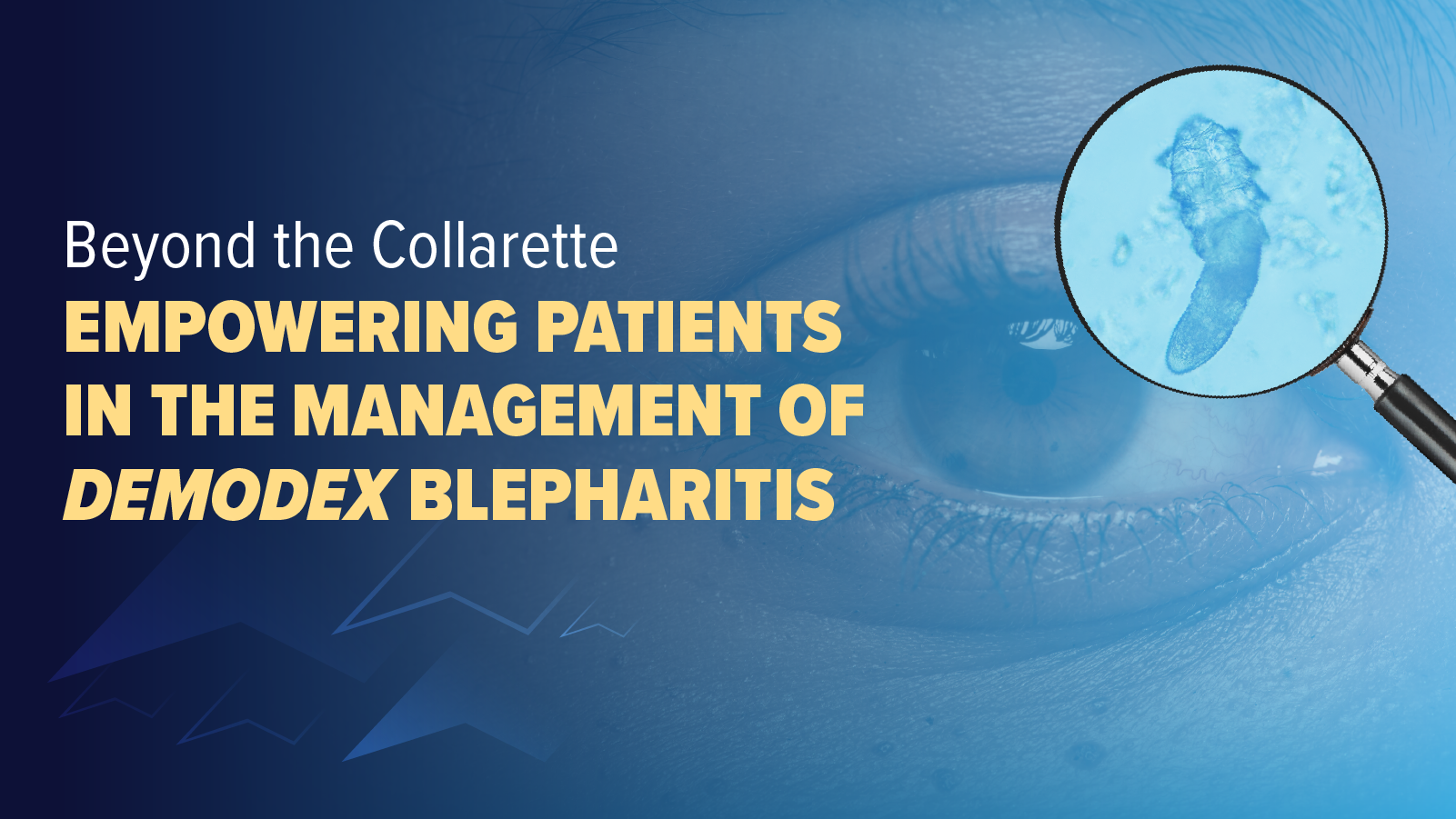Less than 7% of persons contracting carbapenem-resistant Gram negative (CRGN) infections across low- and middle-income countries (LMICs) receive appropriate antimicrobial treatment, according to new modeling1 estimates.
The investigators attribute the "alarmingly" wide treatment gap to multiple factors including barriers to access, and relate the finding to a failing global response to antimicrobial treatment resistance (AMR).
"Overwhelmingly, low- and middle-income countries bear this burden—nearly 90% of AMR-related deaths each year are estimated to occur in LMICs," remarked lead author Anant Mishra, medical student at Perelman School of Medicine, University of Pennsylvania, Philadelphia, PA, and colleagues.
"Today, a child born in Africa is 58 times more likely to die from a drug-resistant infection in the first 5 years of life than one born in a high-income country," the investigators indicated. "With bacterial drug resistance rates continuing to increase, and without concerted action, almost 40 million cumulative deaths are projected by 2050."
The investigators undertook an estimation of inadequate treatment in 8 LMICs: Bangladesh, Brazil, Egypt, India, Kenya, Mexico, Pakistan and South Africa.The countries were selected for their geographical heterogeneity, documented burden of AMR, and availability of data.
The estimated number of CRGN bacterial infection-related deaths in 2019 were drawn from the Global Research on Antimicrobial Resistance (GRAM) study.The 1991-2021 study had estimated infection-associated mortality and infection-attributable mortality for Acinetobacter baumannii, Citrobacter spp, Enterobacter spp, Escherichia coli, Klebsiella pneumoniae, Serratia spp, and Pseudomonas aeruginosa.
"We made some adjustments to the total CRGN bacterial infection-related deaths from the GRAM study to ensure that our estimates were as conservative as possible," Mishra and colleagues indicated.
Their adjustments included, for example, accounting for up to 30% of carbapenem-resistant P aeruginosa isolates remaining susceptible to other antibiotics (eg, fluroquinolones). "Thus, we conservatively removed 40% of the deaths caused by carbapenem-resistant P aeruginosa from the total CRGN bacterial infection-related deaths," they explained.
The overall case fatality rate for CRGN bacterial infections was distilled from estimates from the literature, then refined and weighted for the infection sites that are the major drivers of mortality, according the GRAM study: bloodstream, lower respiratory tract, intra-abdominal and urinary tract.
The dose and quantity of antibiotic used were similarly imputed from country-specific antibiotic sales database (IQVIA MIDAS). "We used the relevant recommended daily dosing and duration from therapy guidelines for each antibiotic to estimate the total dose of the respective antibiotic a patient would receive during the course of their treatment," the investigators indicated.
Mishra and colleagues estimated that for a total of 1,496,219 CRGN bacterial infections, procurement of appropriate antibiotics (including those designated by the WHO for AMR "reserve") was only sufficient to treat approximately 103,647 cases—or 6.9% of the patients. The most procured antibiotic was tigecycline.
What You Need to Know
Less than 7% of people in low- and middle-income countries (LMICs) with carbapenem-resistant Gram-negative (CRGN) infections receive appropriate antimicrobial therapy.
Nearly 90% of global deaths related to antimicrobial resistance (AMR) occur in LMICs. For example, a child in Africa is 58 times more likely to die from a drug-resistant infection than one in a high-income country.
To address the crisis, there is a pressing need for improved access to antibiotics, better health infrastructure, enhanced diagnostics, and research to plug treatment gaps. Without intervention, up to 40 million deaths by 2050 are projected due to AMR.
Of the 8 countries studied, Mexico and Egypt had the highest rates of procurement of treatments active against CRGN, but sufficient to only treat 14.9% of their patients. At the lowest level were Kenya and Brazil, with antibiotics sufficient to only treat 0.2% and 0.4% of CRGN infections, respectively. Bangladesh procured enough to treat 1.0%, Pakistan 3.5%, South Africa 7.0%, and India 7.8%.
"To close this treatment gap, improved access to diagnostics and antibiotics, strengthening of health systems, and research to identify gaps in the treatment pathway are needed," Misra and colleagues declared.
In accompanying, invited commentary,2 Elizabeth Ashley, MBBS, PhD, and Vilada Chansamouth, DPhil, Centre for Tropical Medicine and Global Health, Nuffield Department of Medicine, University of Oxford, Oxford, UK, anticipated argument over the investigators modeling assumptions, and suggested that these should not distract from the well founded conclusion.
"Debating the accuracy of current burden estimates distracts from the emergency at hand," Ashley and Chansamouth argued."Put simply, AMR is increasing, and most of the affected patients—who are concentrated in LMICs—have no access to the antimicrobials needed to treat drug-resistant infections."
References
1. Mishra A, Dwivedi R, Faure K, et al. Estimated undertreatmenbt of carbapenem-resistant Gram-negative bacterial infections in eight low-income and middle-income countries: a modeling study. Lancet Infect Dis. 2025; published online April 30. https://doi.org/1016/S1473-3099(25)00108-2.
2. Ashley EA, Chansamouth V. Missing the target for antibiotic access. Lancet Infect Dis. 2025; published online April 30. https://doi.org/1016/S1473-3099(25)00166-5.



















































































































































































































































































